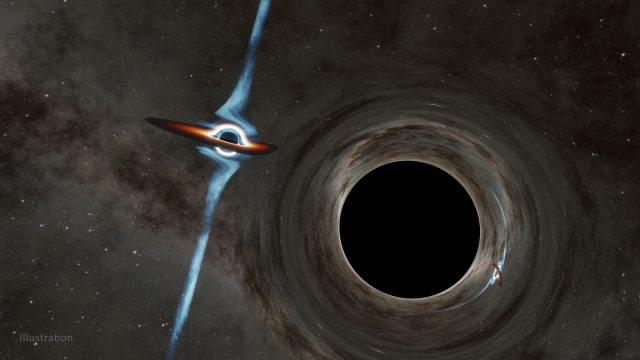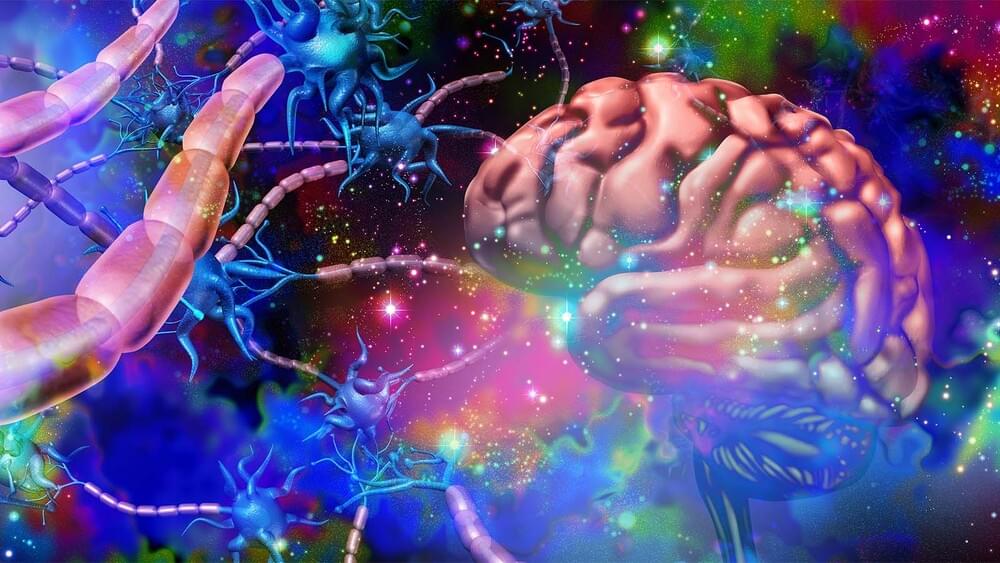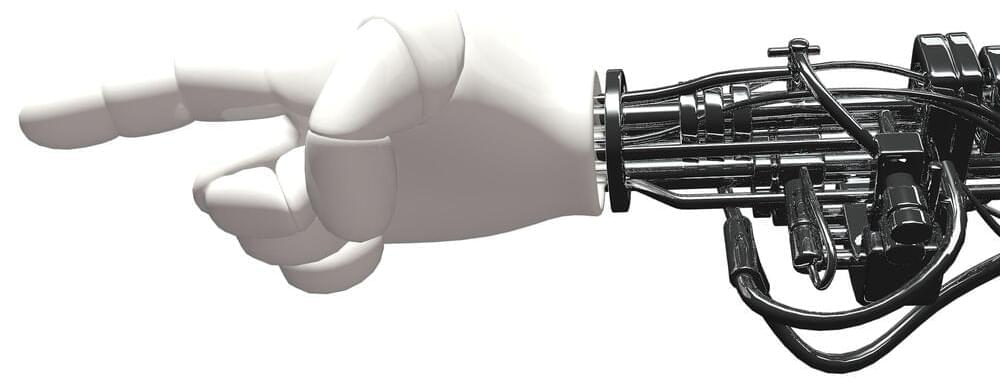Scientists have discovered two supermassive black holes, locked together in a final, terrible spiral. They’re about to collide. And when they do, it will shake the fabric of spacetime itself.
Combing through decades of radio telescope observation data, a team of Caltech astronomers discovered a radio pattern from the deep sky unlike anything ever observed before. It was a flickering point of light, a blazar some nine billion light-years away. Every five years, it waxed and waned in brightness in a perfect sine wave, like clockwork. But that’s not what made it special. What made it special is where the signal diverged from the pattern. Over nearly fifty years, this point of light had obeyed a clockwork cycle of five-year pulses — except for the twenty years where it didn’t.
Five other observatories confirmed the readings, including the University of Michigan Radio Astronomy Observatory, MIT’s Haystack Observatory, the National Radio Astronomy Observatory (NRAO), Metsähovi Radio Observatory in Finland, and NASA’s Wide-field Infrared Survey Explorer (WISE) space satellite. This was no error.








